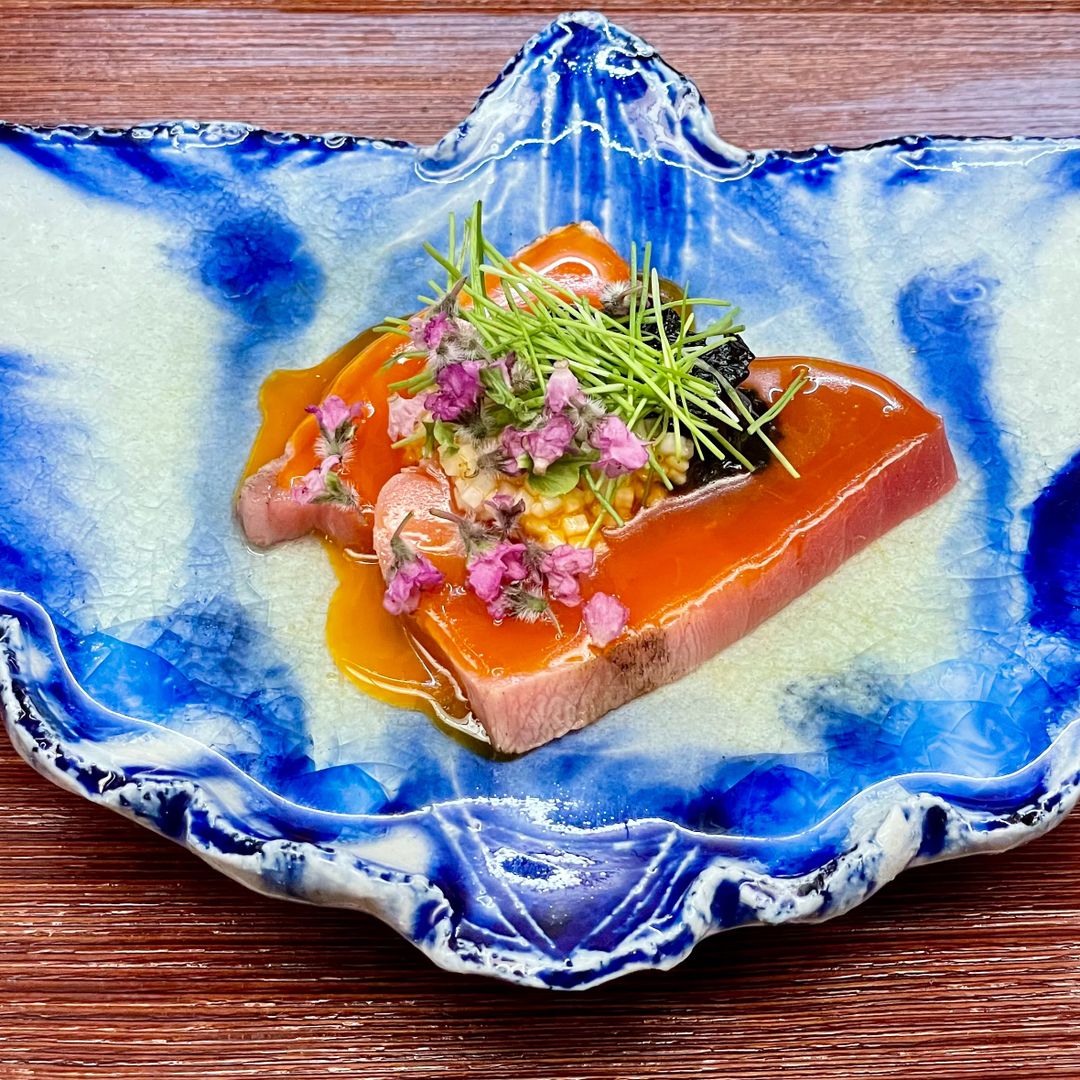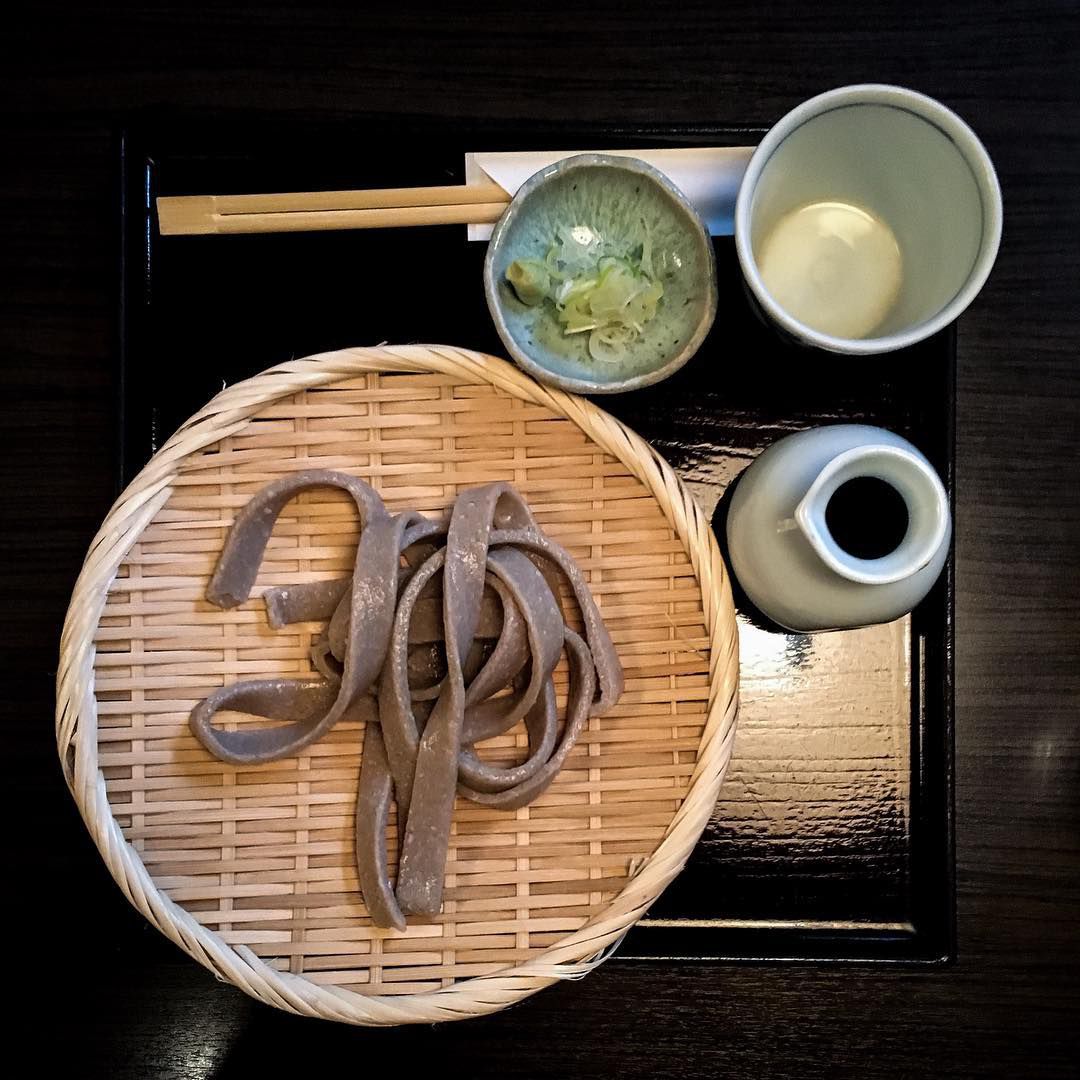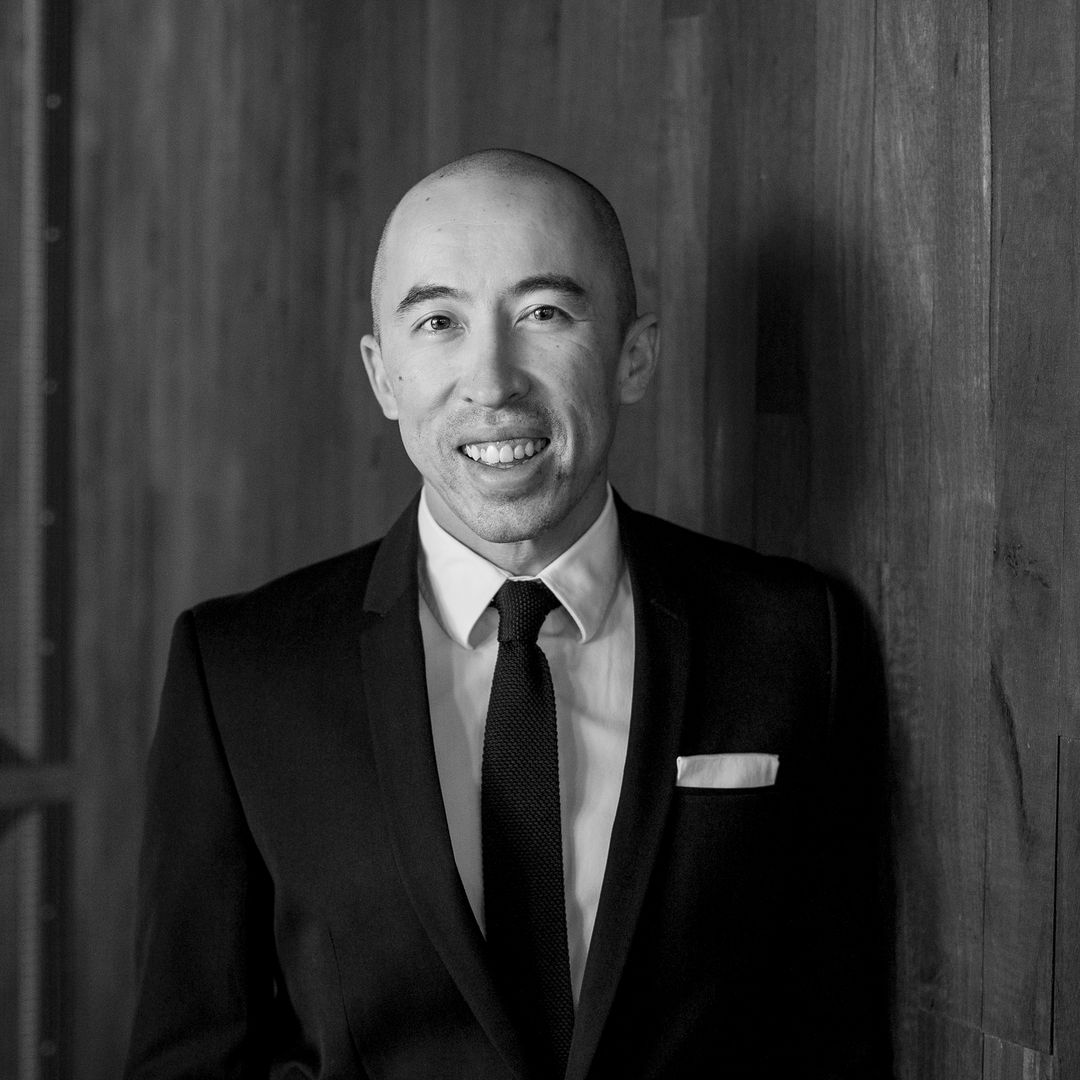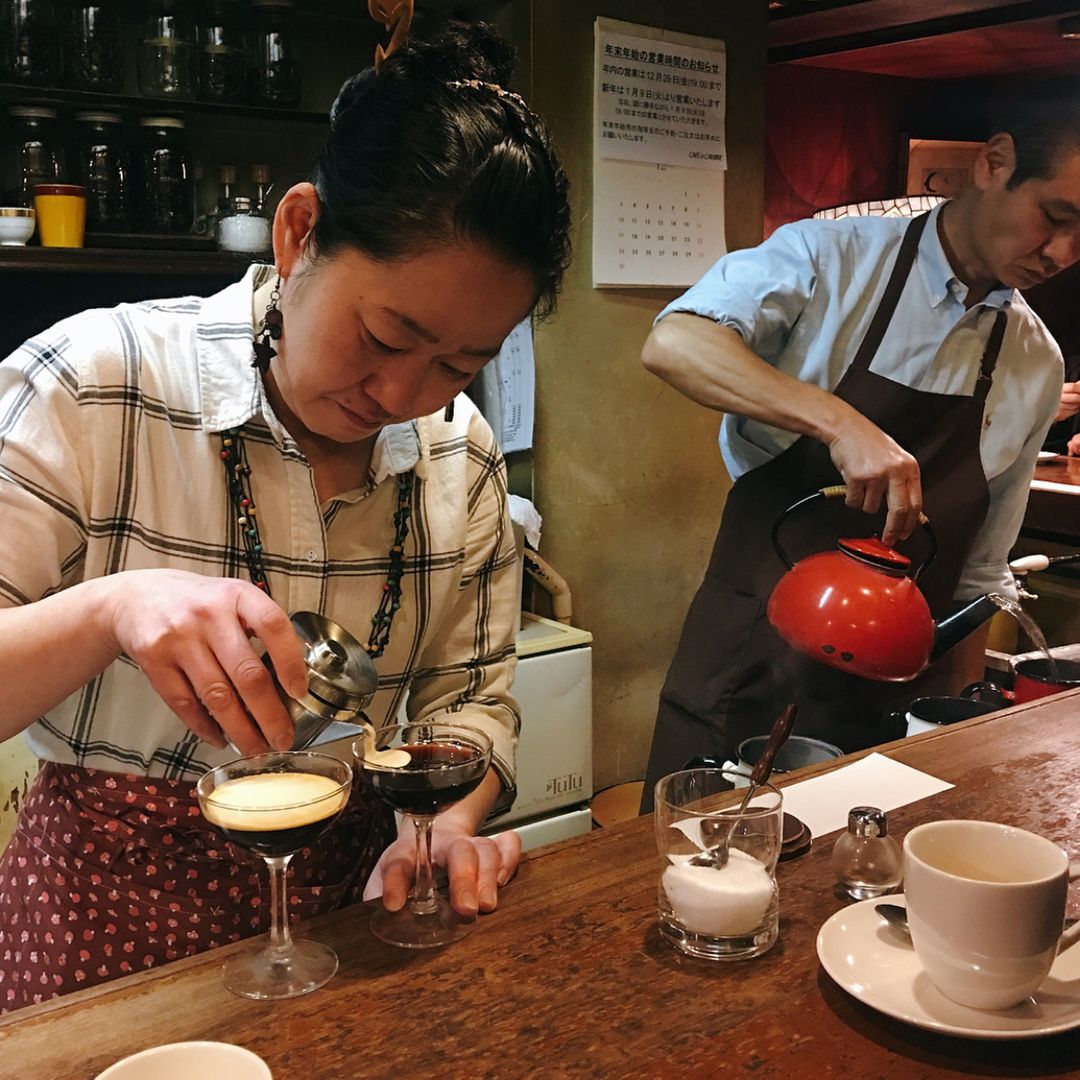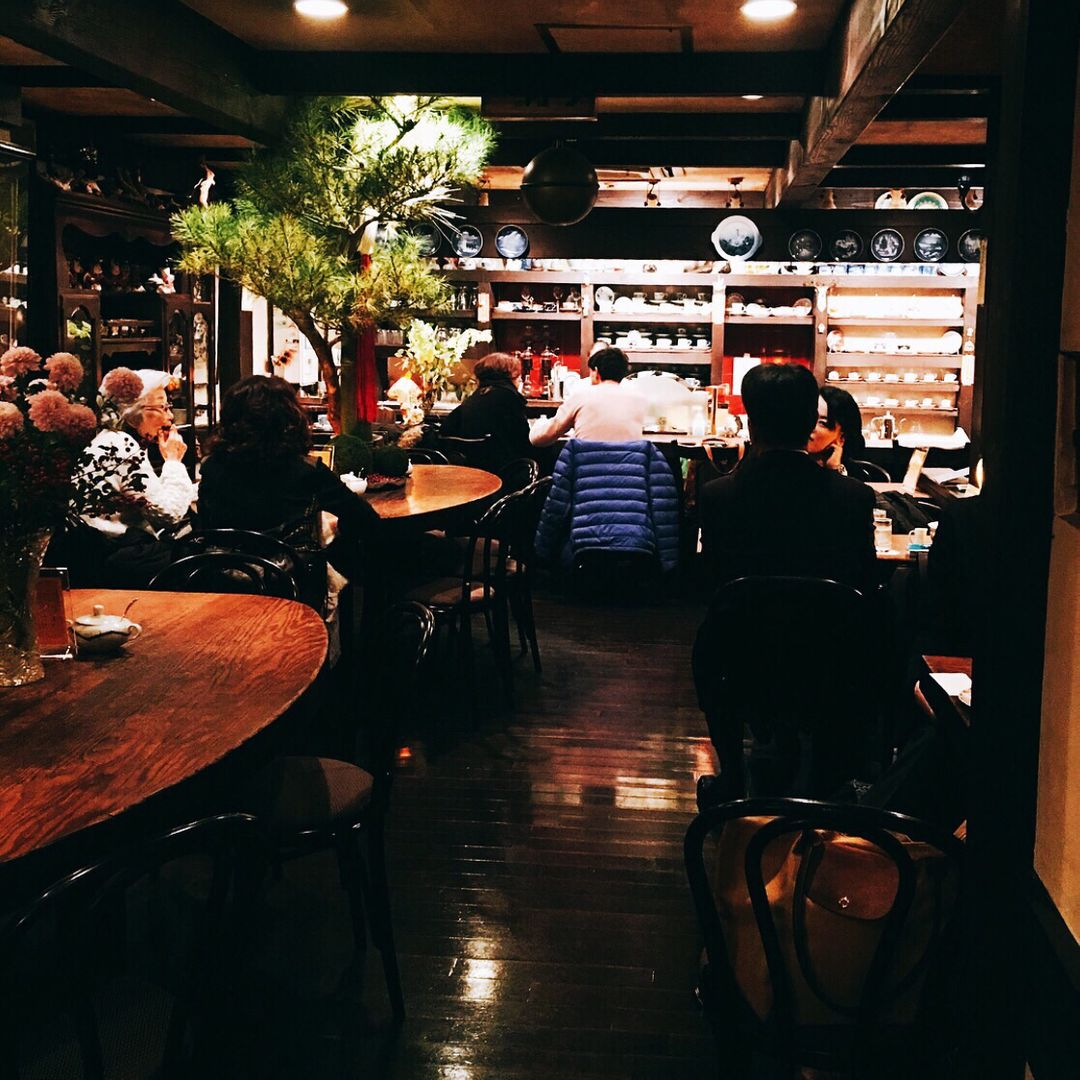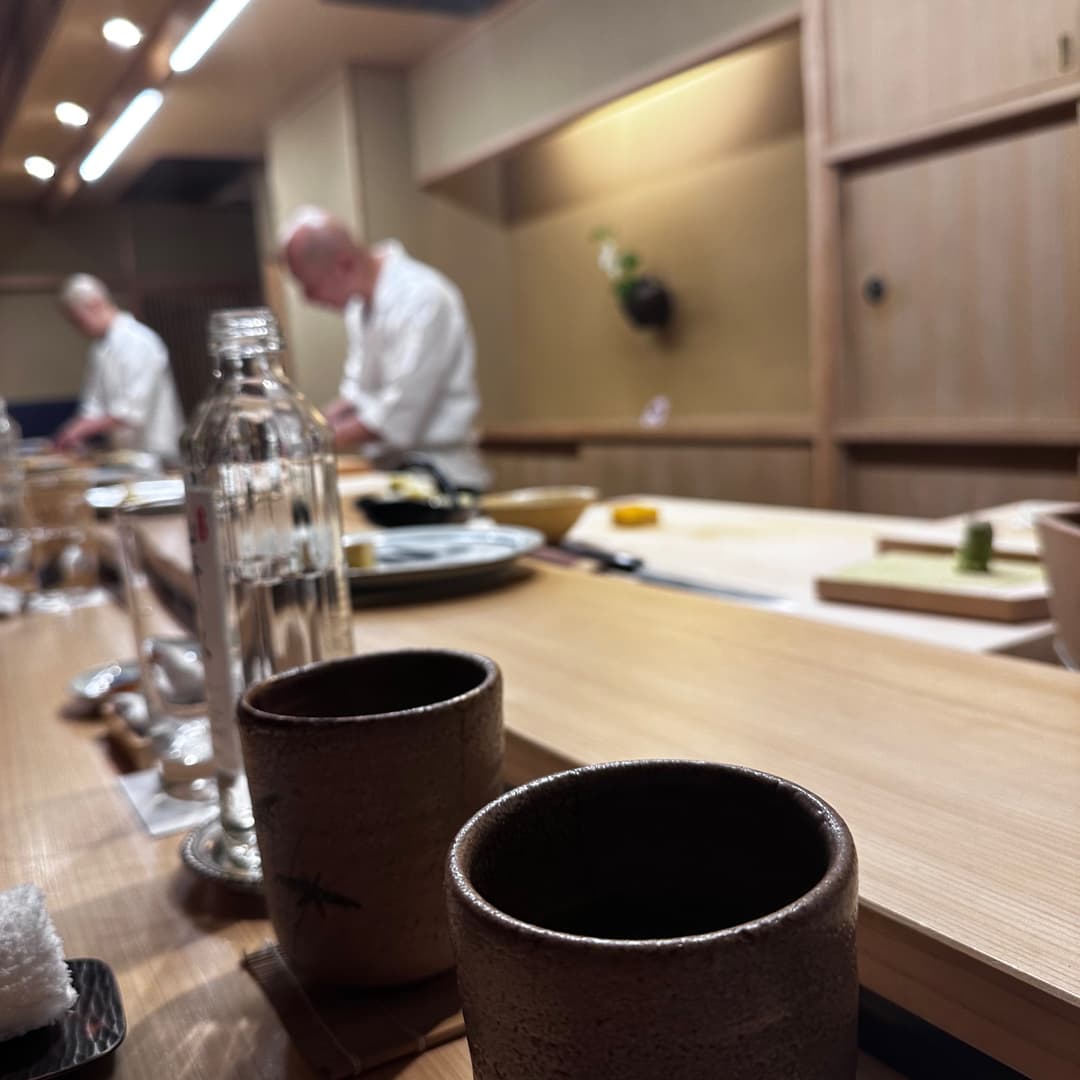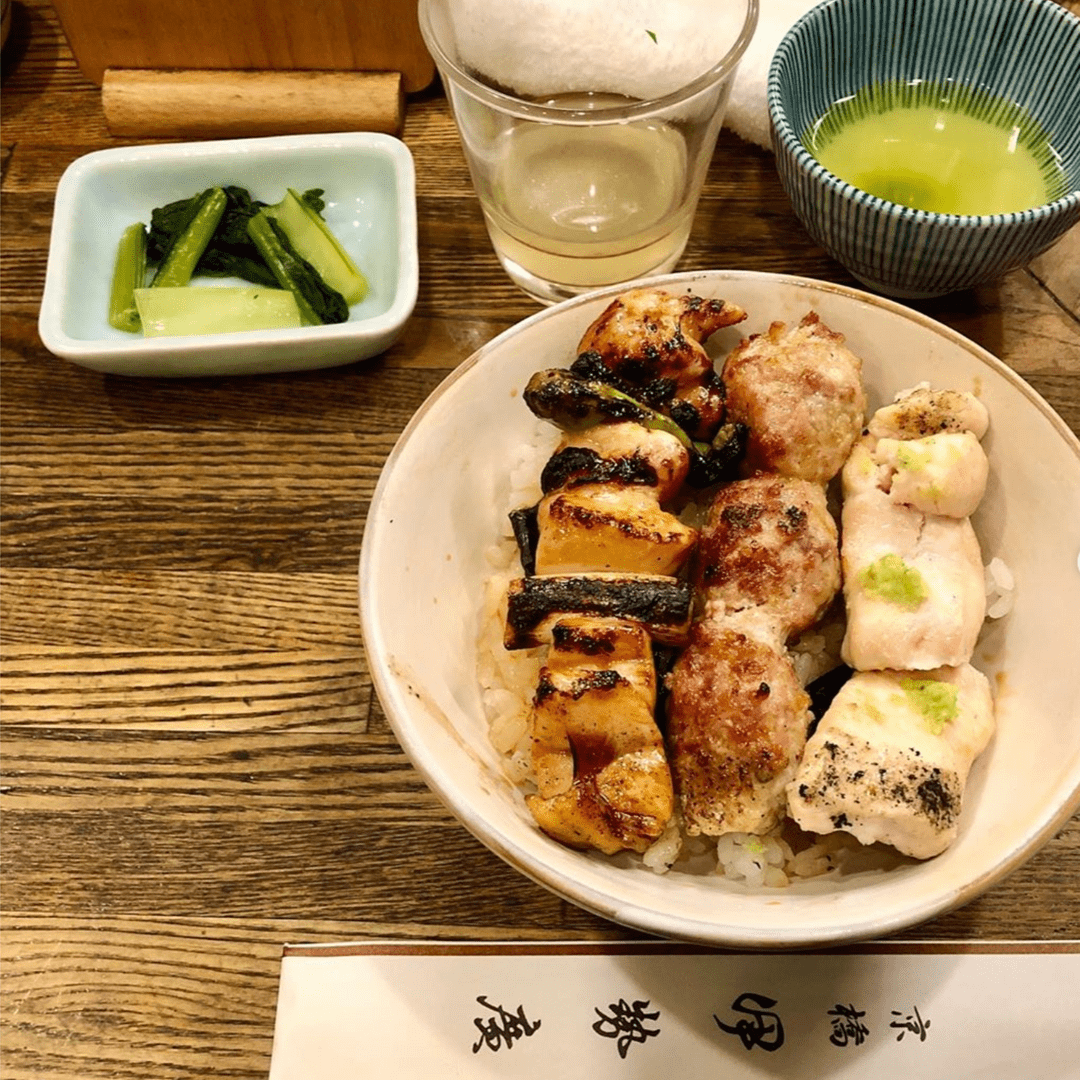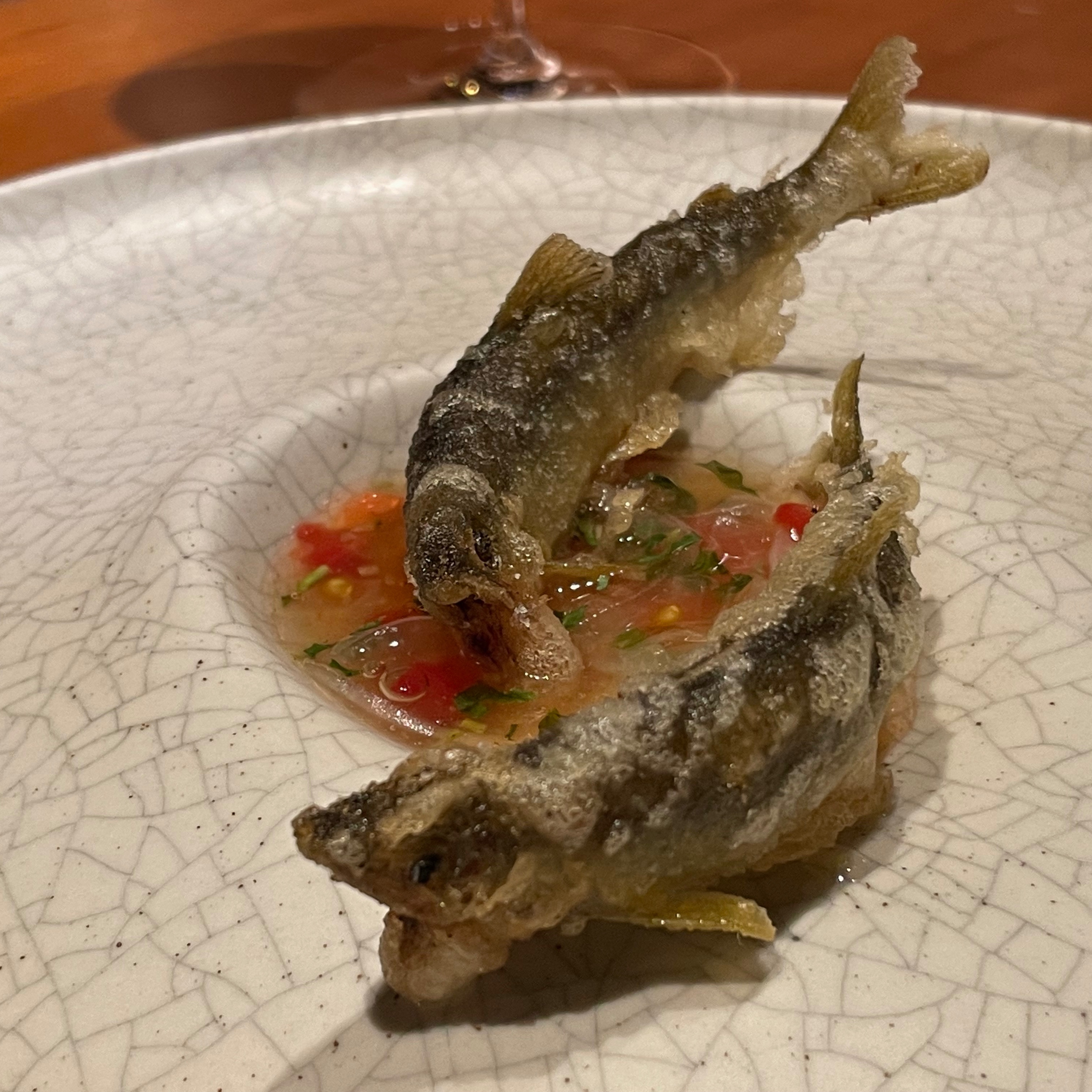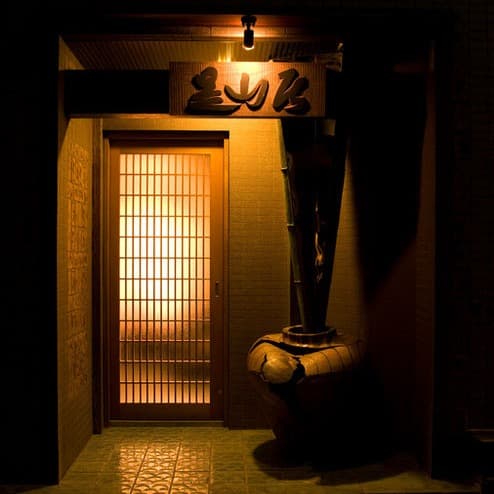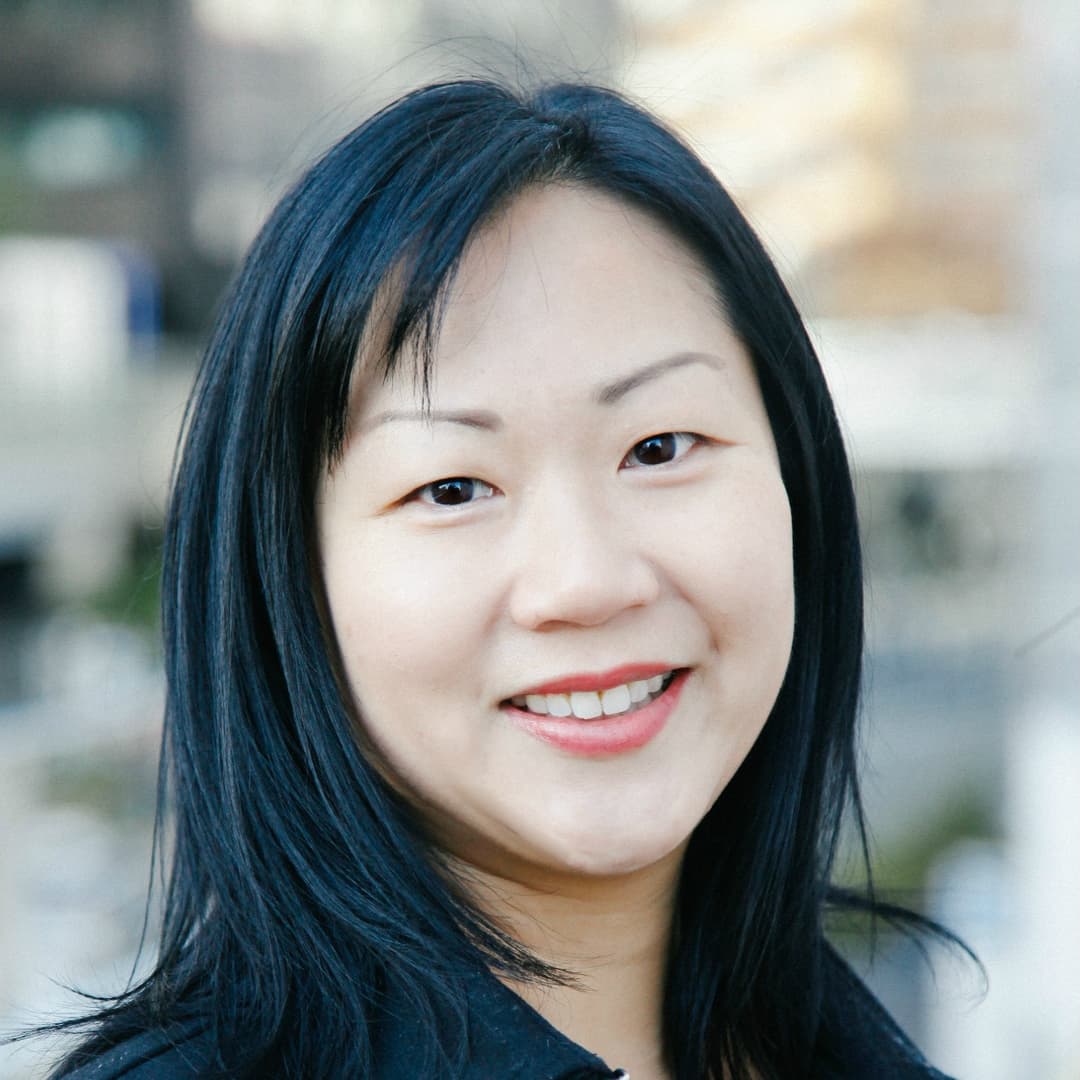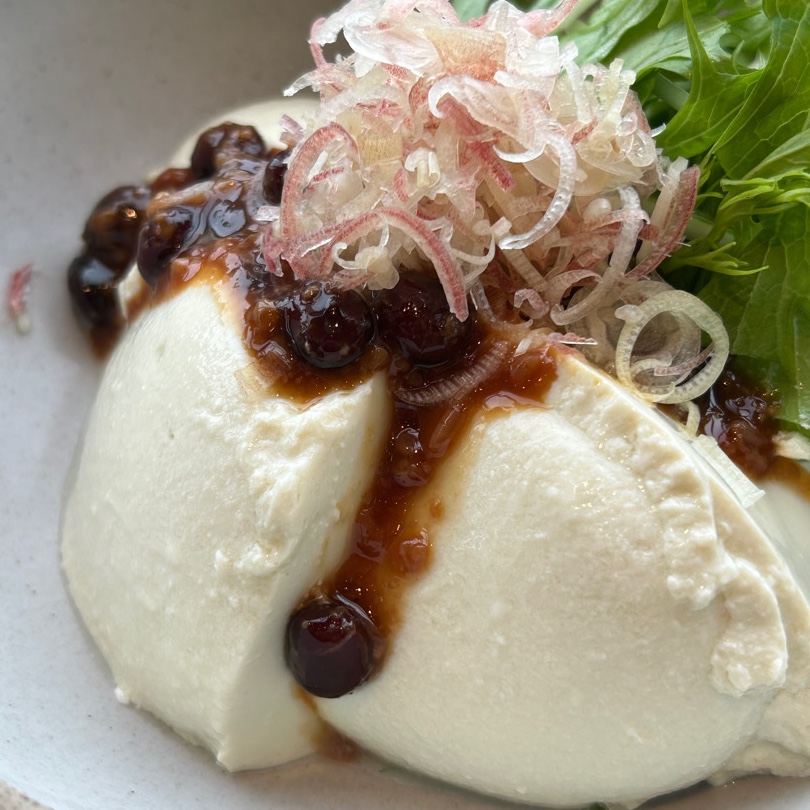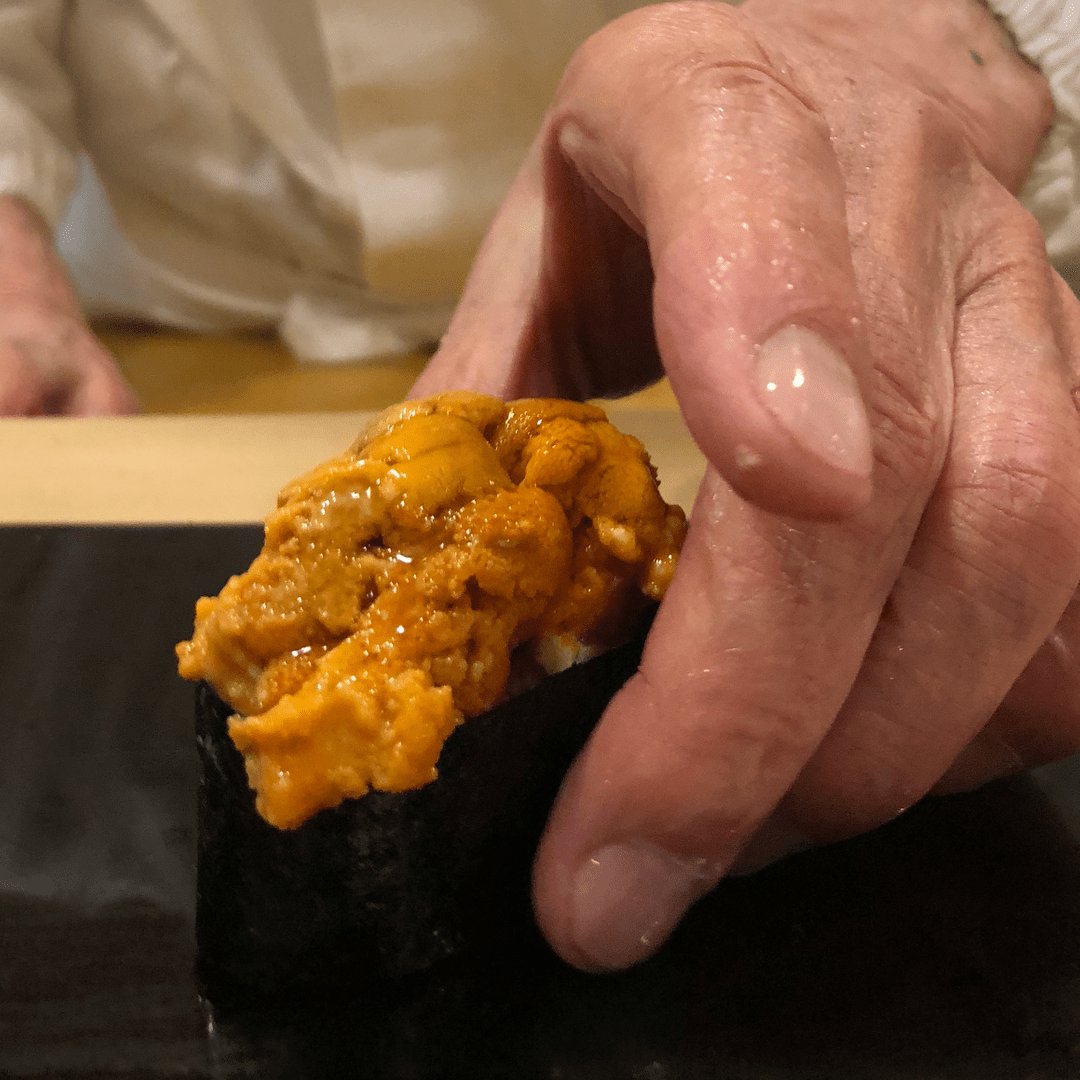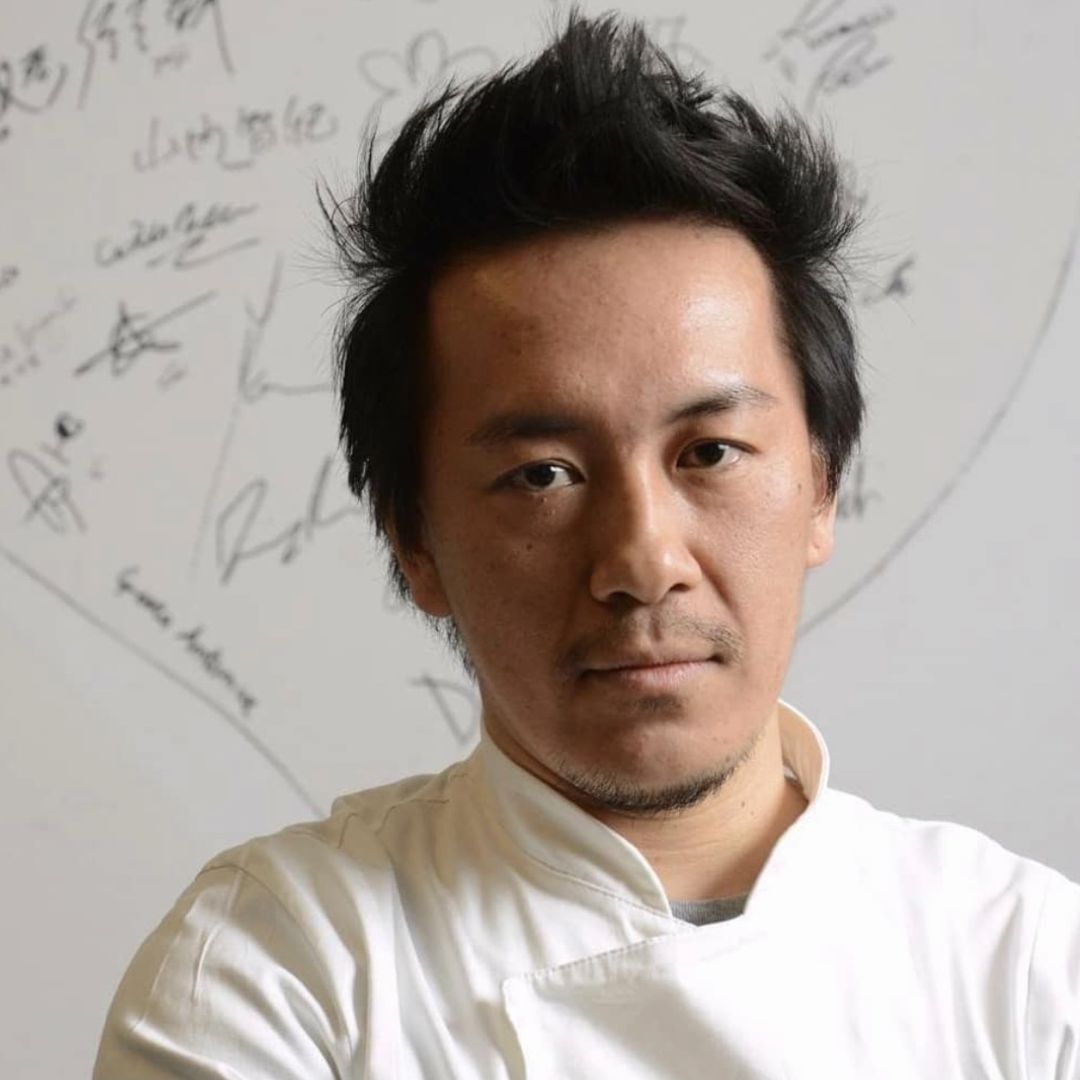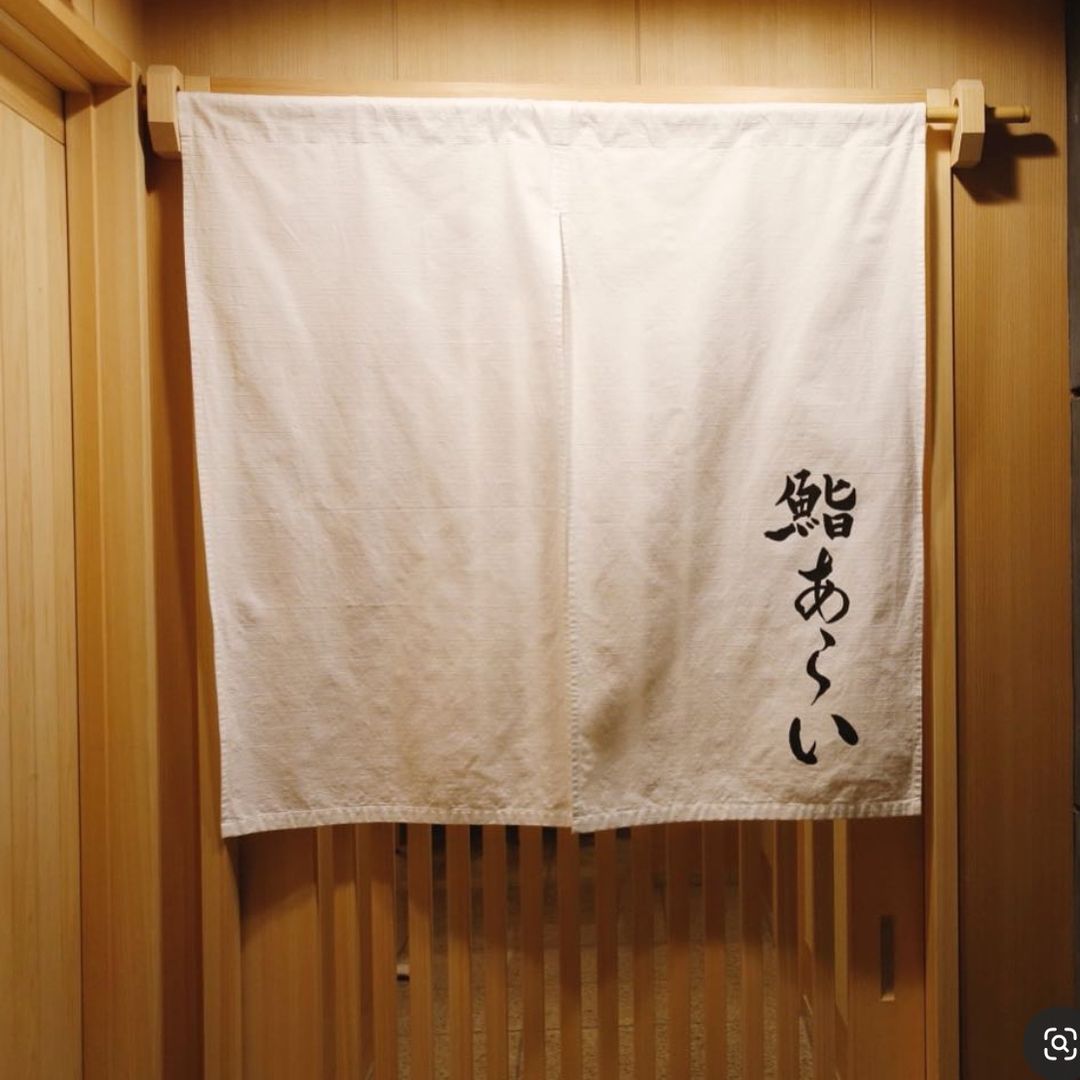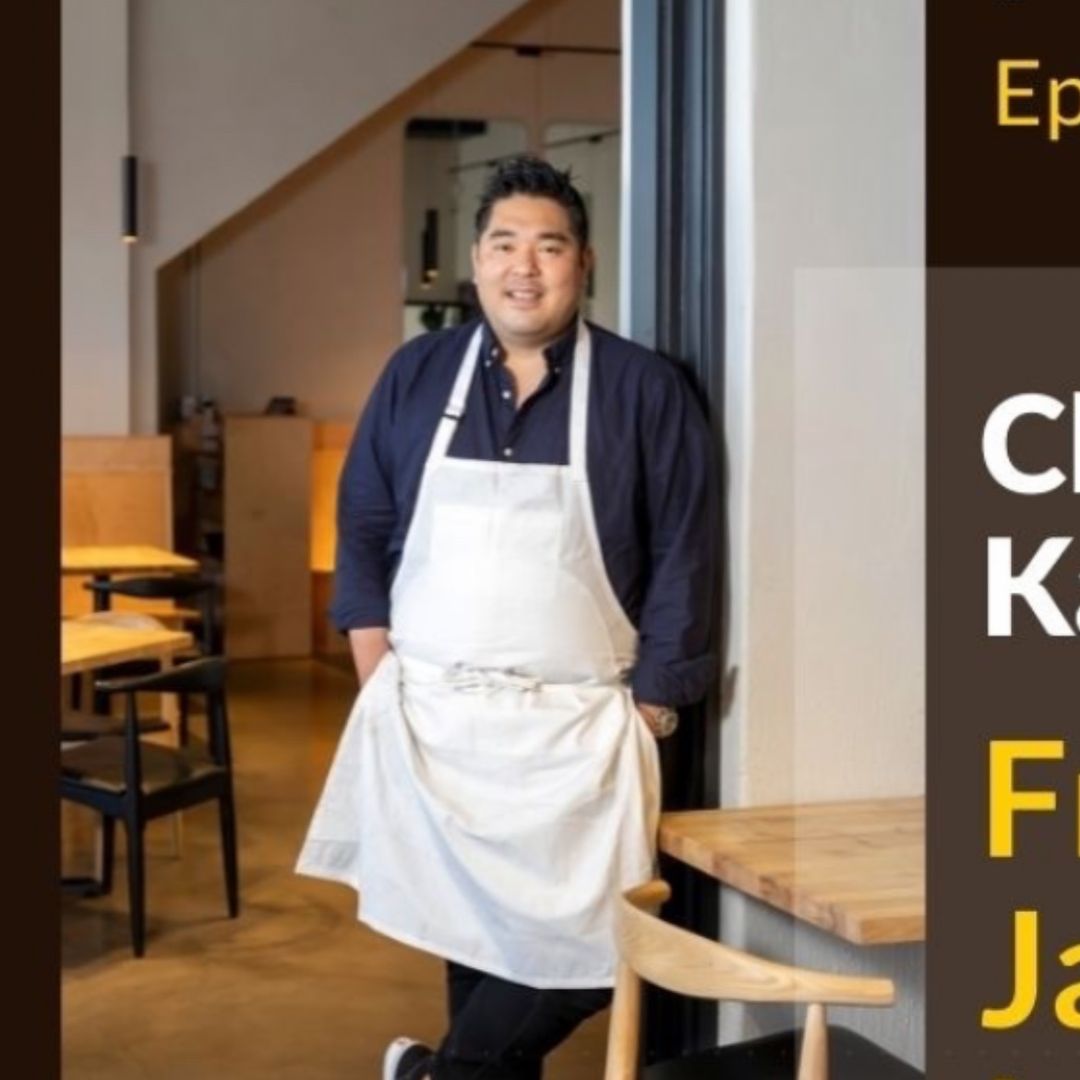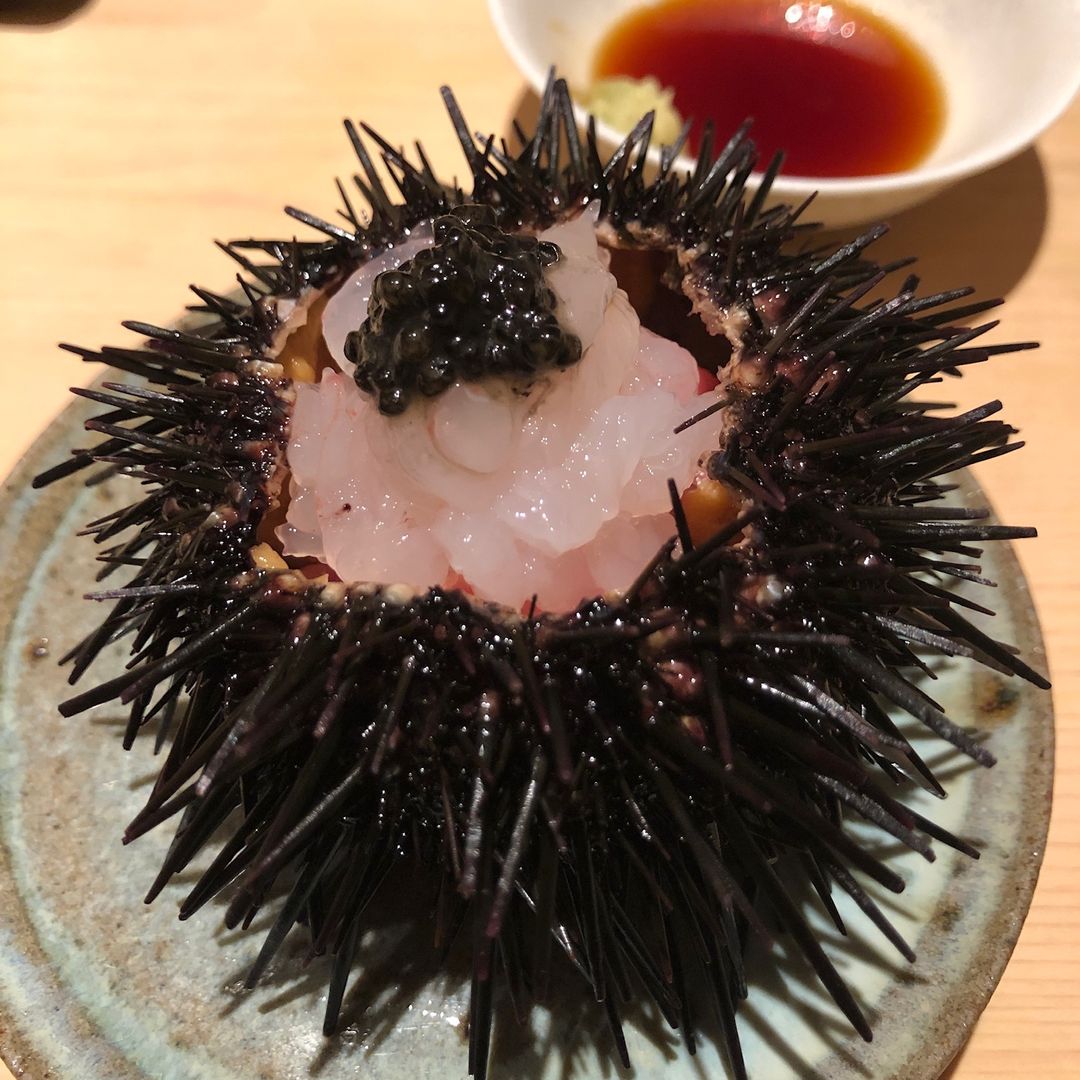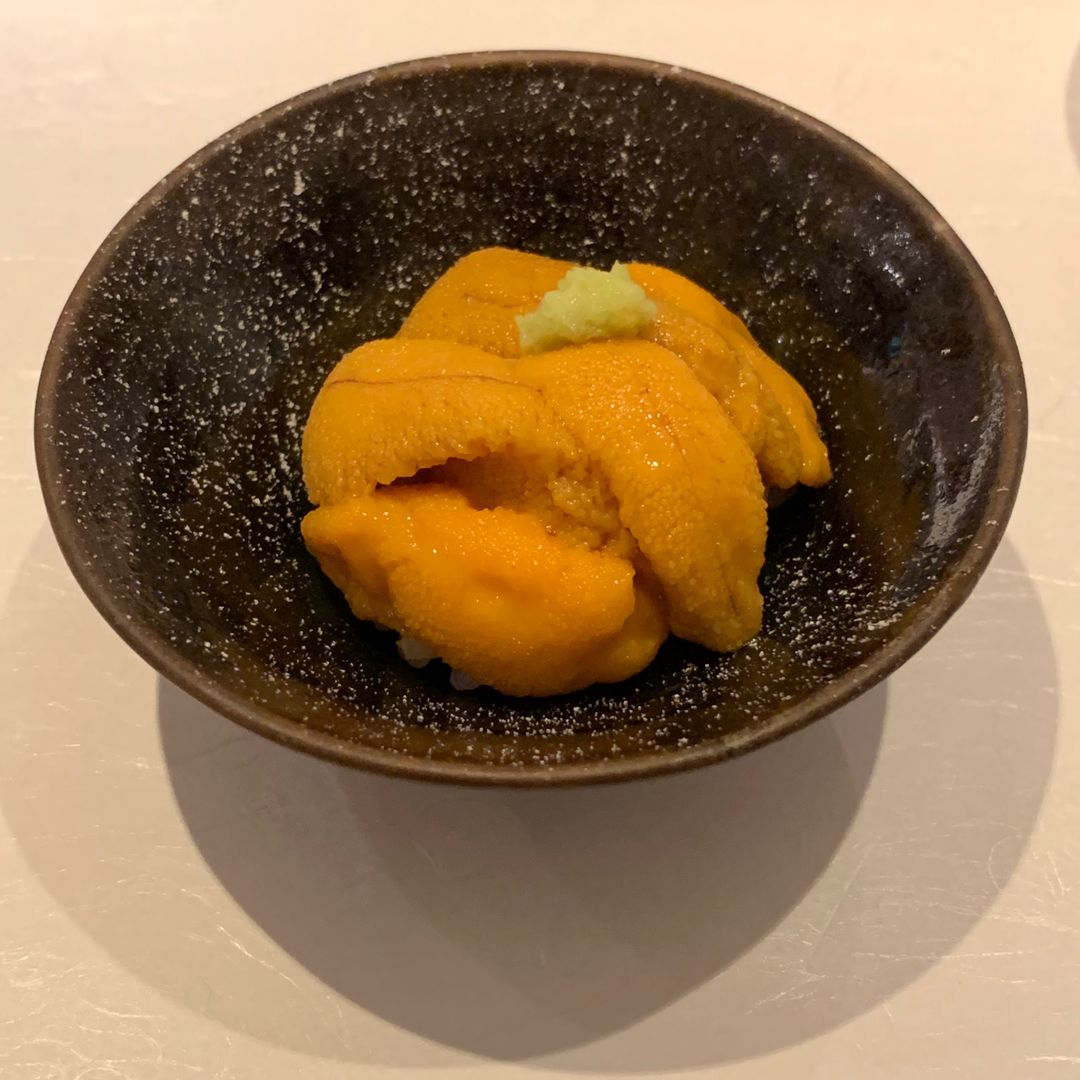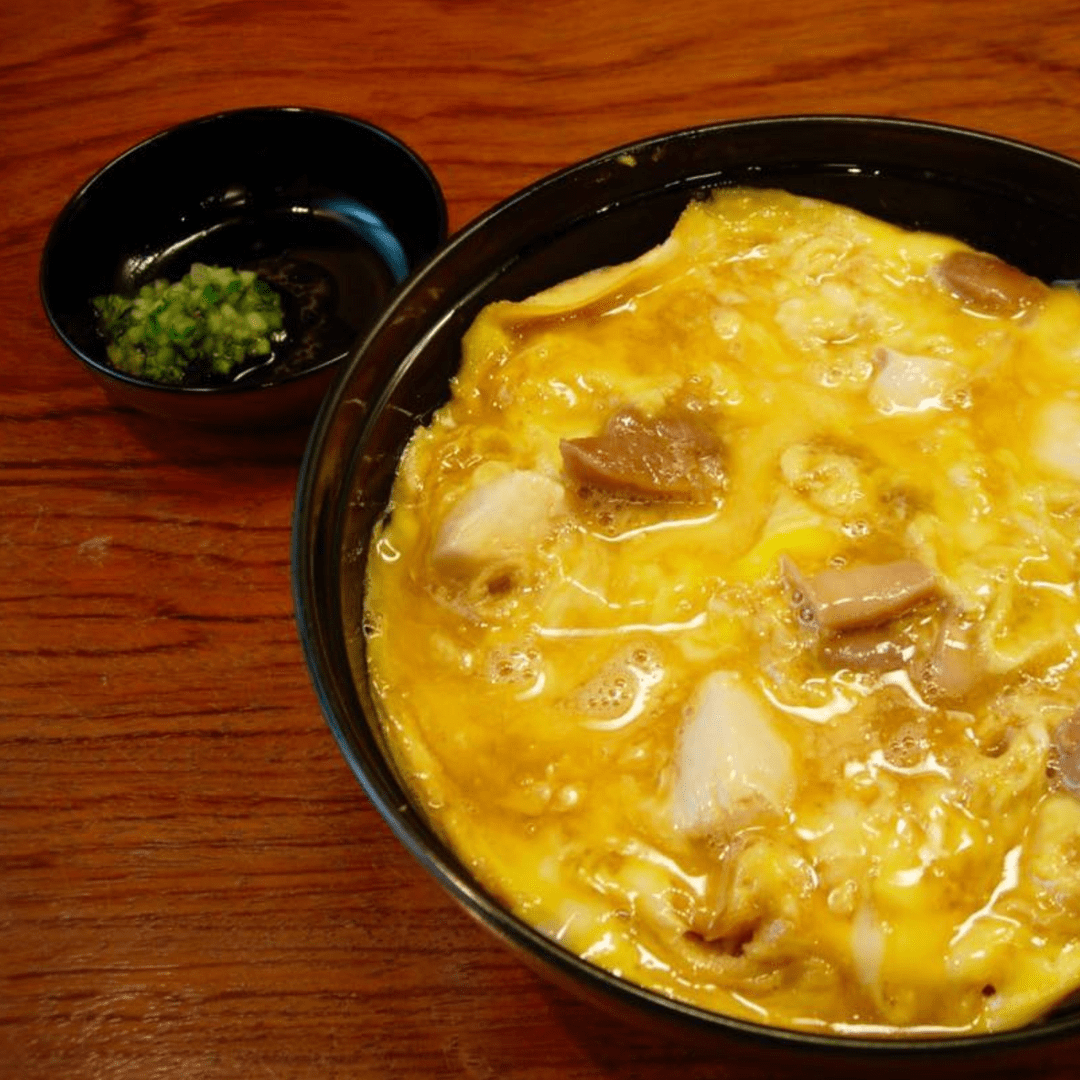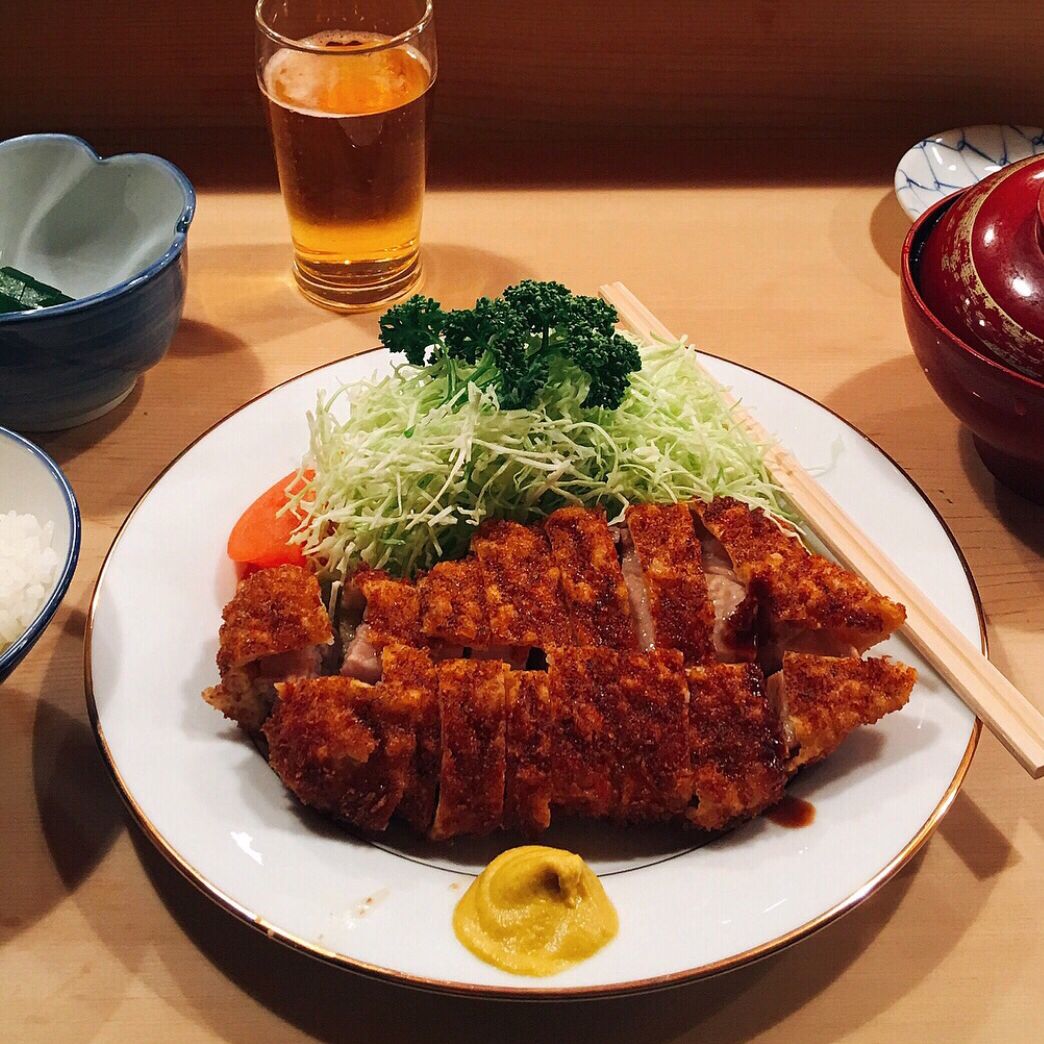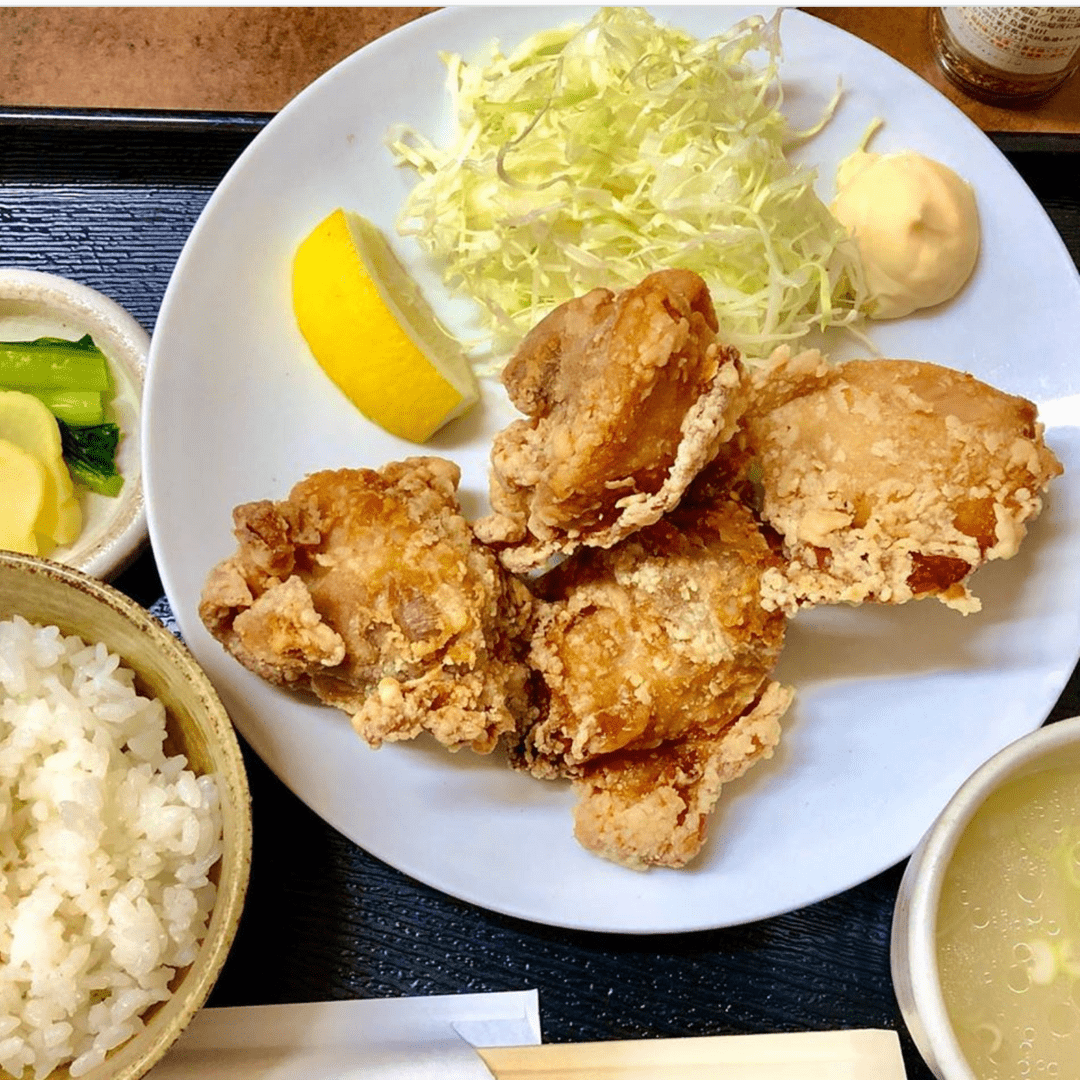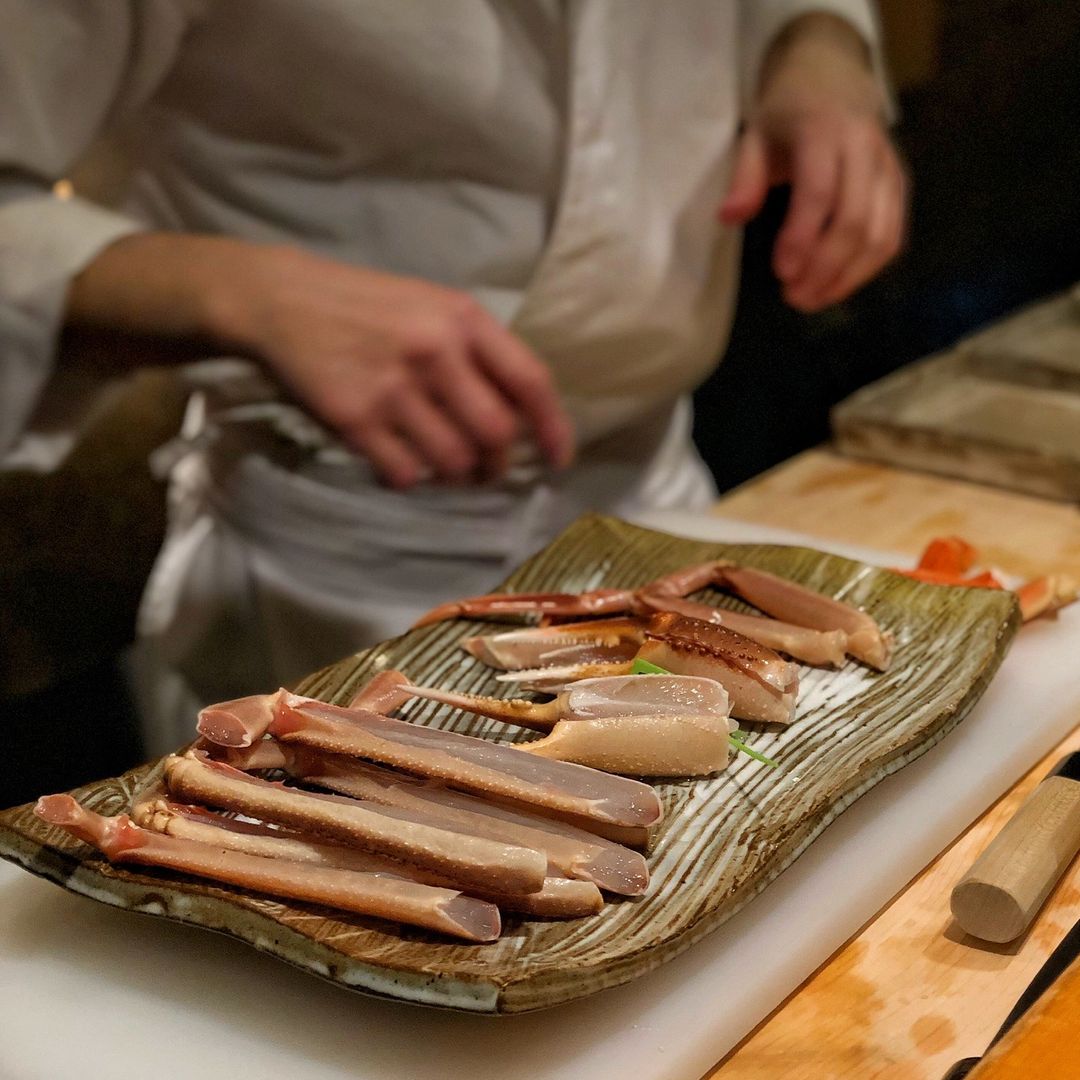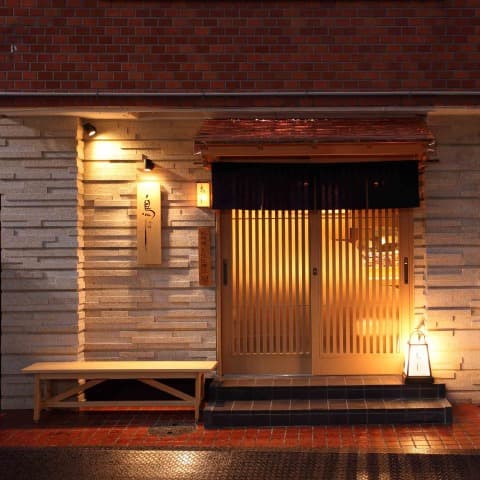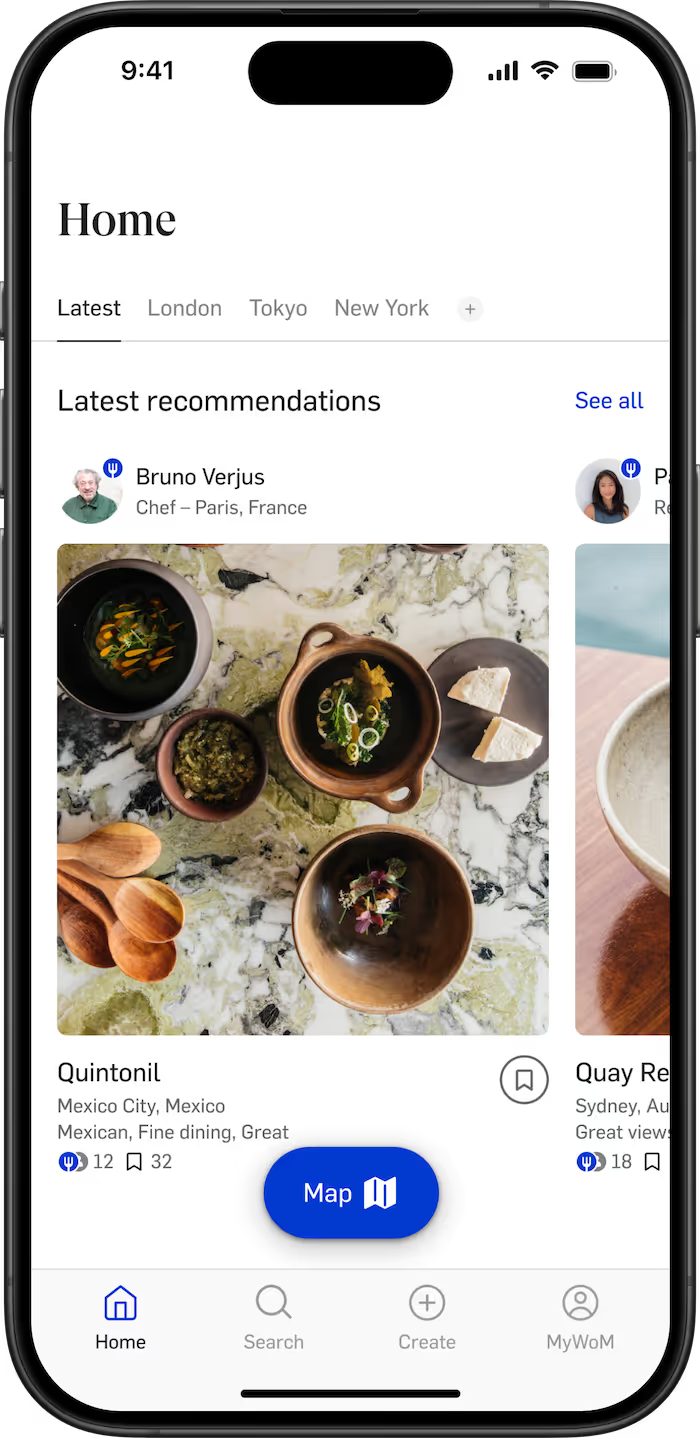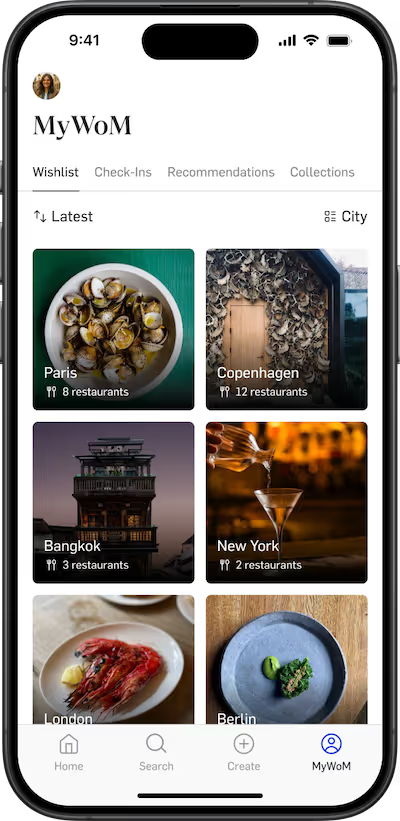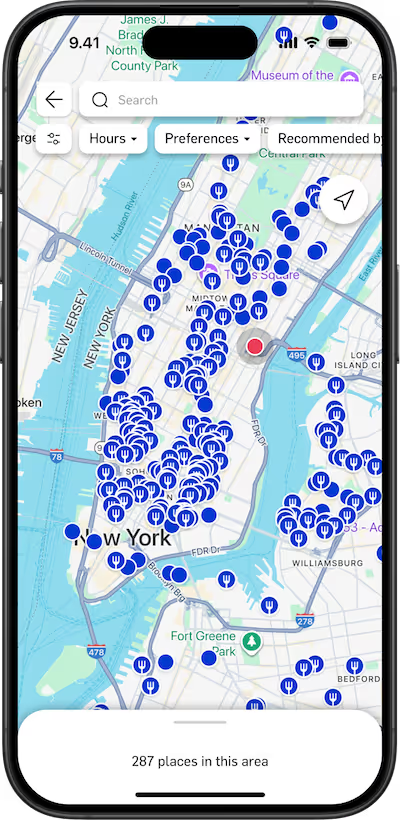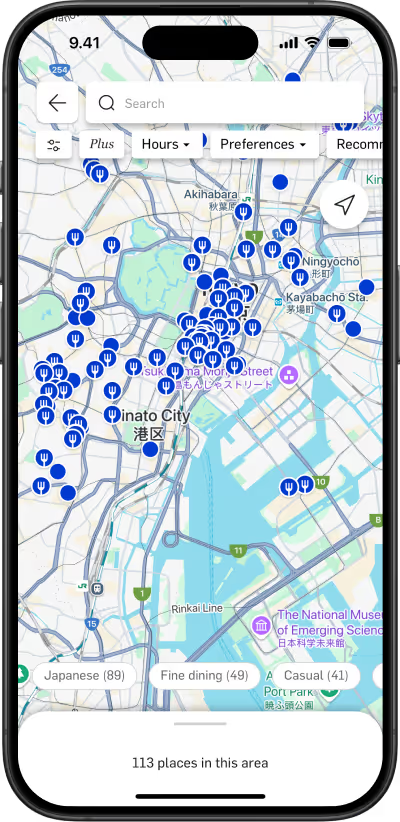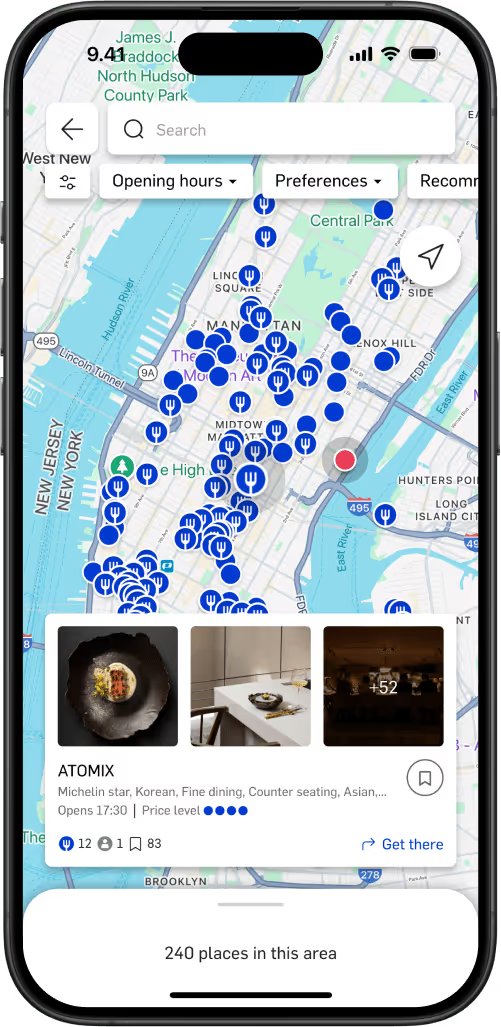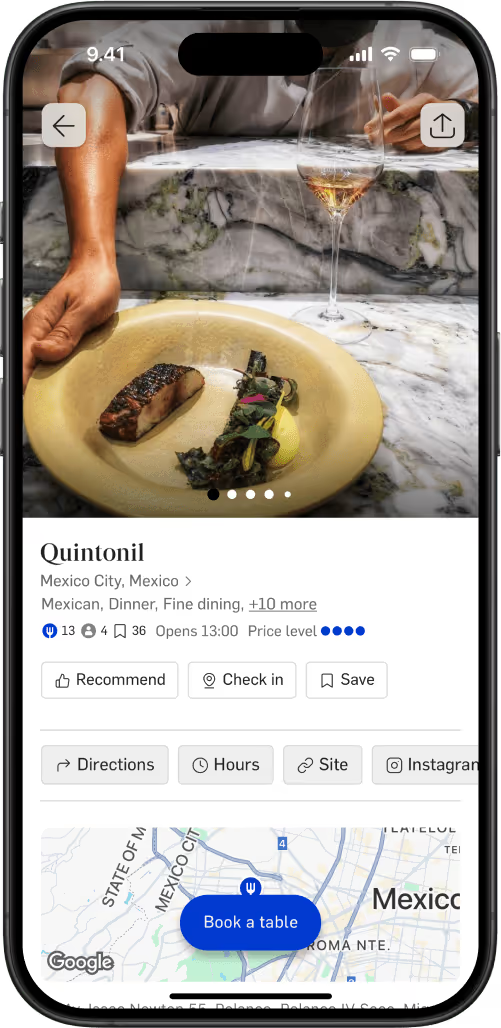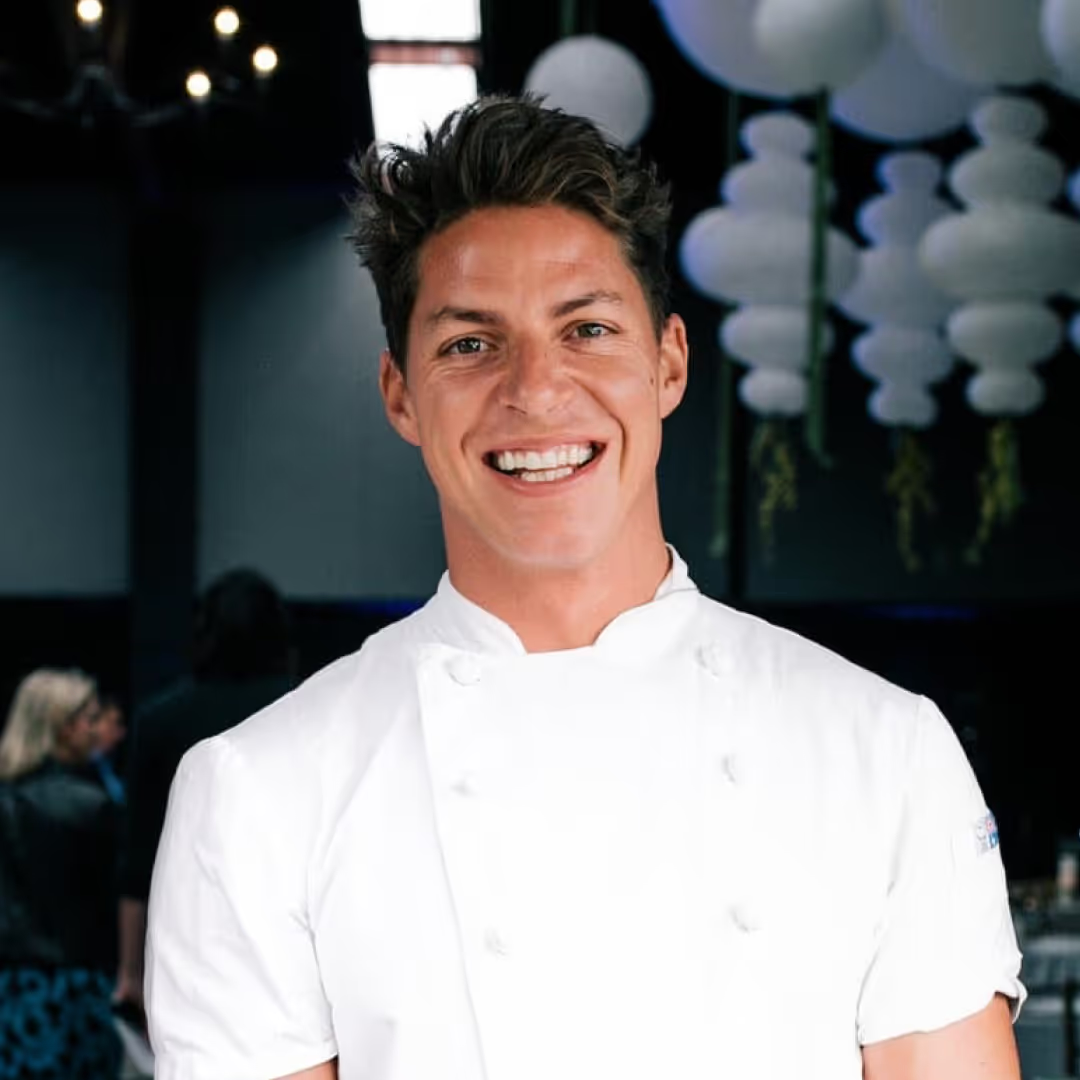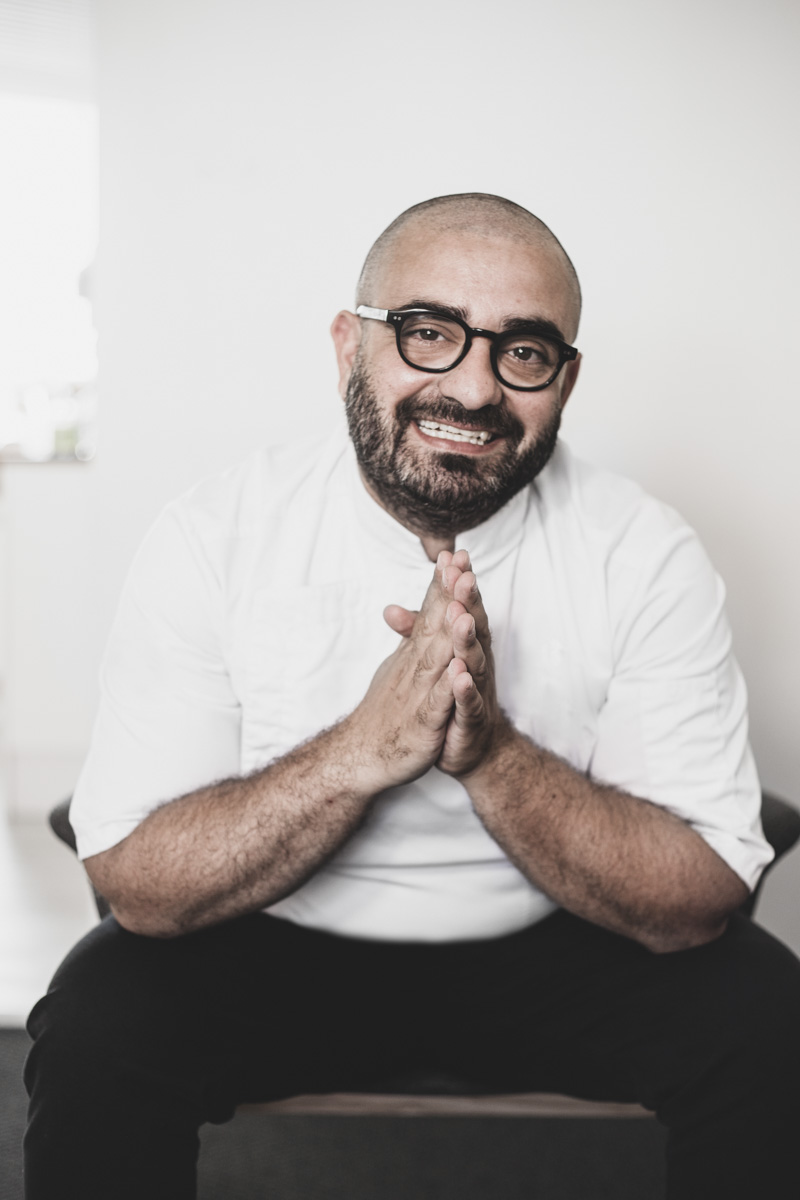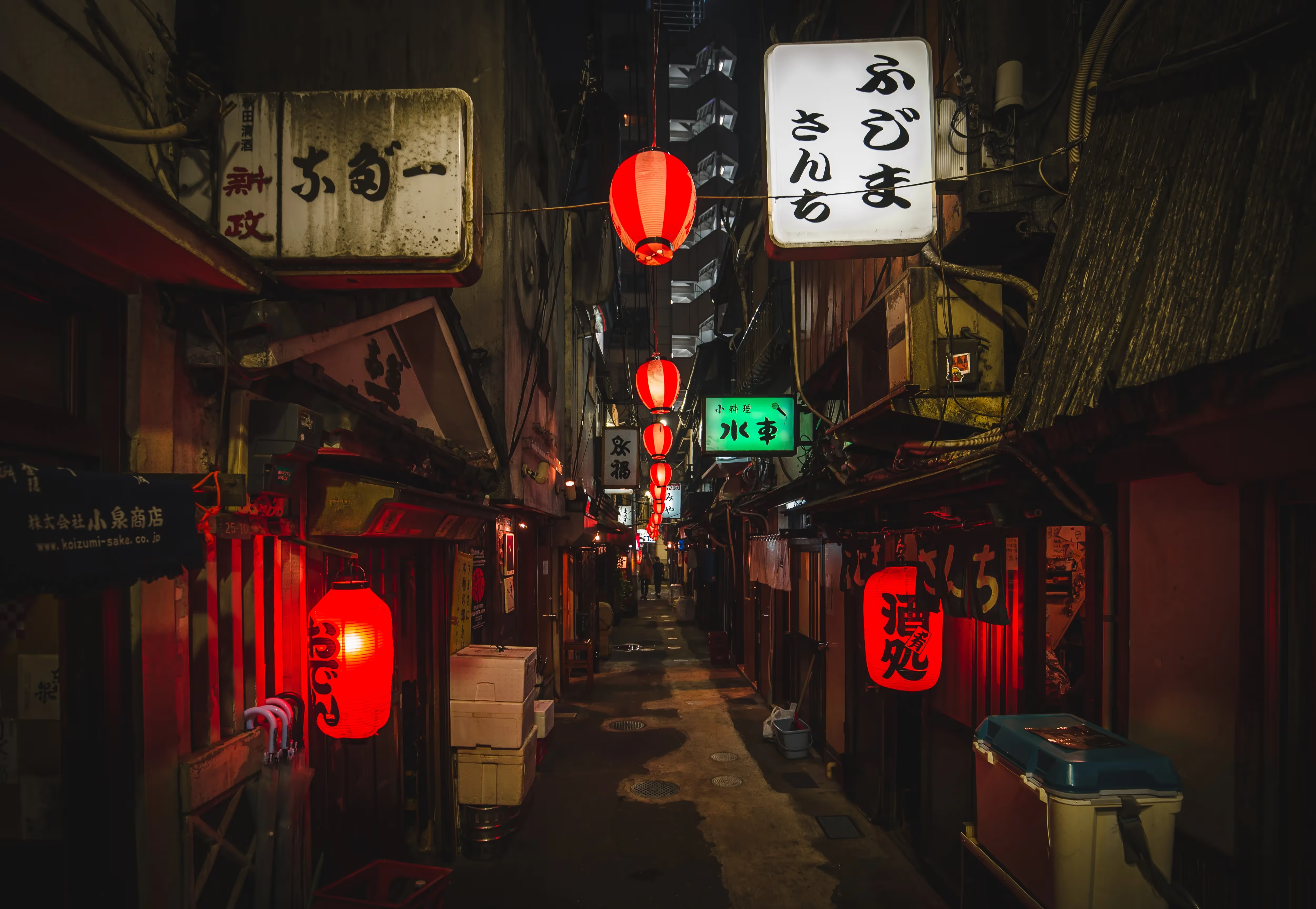
Tokyo
The Best Local Restaurants in Tokyo
Discover the best local restaurant in Tokyo, recommended by World of Mouth experts.
Tokyo's restaurants serve a variety of traditional Japanese dishes, including sushi, tempura, and ramen. In this guide, we've put together a list of the best local and traditional restaurants in Tokyo, providing a range of alternatives to choose from. All picks are based on personal recommendations from the World of Mouth app, created by local culinary experts such as food writers Yukari Sakamoto and Melinda Joe, and chef Takahiko Kondo. Try some of the best sushi in the world in Hakkoku, or deep-fried tonkatsu at Tonki, an institution founded almost a century ago. Read on and discover these and many more traditional restaurants in Tokyo, and experience the best of Japan's cuisine!
Sumibi Yakiniku Nakahara in Tokyo is led by Chef Nakahara, who carefully chooses and grills wagyu right in front of you. The focus on precise cooking and natural flavors makes each bite feel special. It’s a comfortable spot to enjoy a thoughtful meal centered on quality beef.
Recommended by
Just the best Yakiniku in Tokyo…Of course, Nakahara-san became world-famous for inventing the wagyu Sando… but first and foremost, he’s a master butcher and his cooking is enriched by this rare skill among chef. He’s the best for selecting the best beef, the best cuts and grilling the meat with an unmatched precision. Perfection.
Akasaka Ogino is a small, counter-only restaurant in Tokyo’s Akasaka district, offering a contemporary kaiseki experience often described as Michelin-level. The chef draws on years of experience at notable Kyoto and Tokyo establishments, preparing refined, seasonal fare right in front of guests. The warm service and intimate atmosphere make it an inviting choice for those looking for a special meal.
Recommended by
Top Level Contemporary KaisekiOgino-san has worked at some of the most notable kaiseki restaurants in Kyoto and Tokyo and opened his own in 2019 in the Akasaka district of Tokyo. An intimate, counter-only spot that’s become very hard to book. Cooking is top notch, all done right in front of you in the open kitchen. His grilled eel and hassun (seasonal delicacies) are both standouts. The service is warm and friendly.
Asakusa Soba Ozawa is a cozy spot tucked away in the back streets of Tokyo’s Asakusa neighborhood. It’s an inviting place to pause while exploring local shops or nearby Kappabashi. The relaxed atmosphere and focus on house-made noodles make it a worthwhile stop for anyone looking to enjoy a simple, satisfying meal.
Recommended by
An intimate soba restaurant in the back streets of Tokyo's Asakusa neighbourhood. You're here, as is the case at most soba joints, to take aim at the house-made noodles with Ozawa offering theirs in three different thicknesses (the parpadelle-like futo-uchi soba, as pictured here, is the thickest of the noodles). An excellent pit-stop for those shopping for ceramics or kitchen goods in nearby Kappabashi.
This small Tokyo spot is known for its old-fashioned charm and long-stored coffee beans, making it stand out among the city’s traditional kissaten. It feels like a hidden treasure for those who appreciate a laid-back atmosphere and a true coffee experience. The cozy setting and focus on preserving timeless methods invite both locals and visitors to linger and enjoy.
Recommended by
The old style coffe places - kissaten- are the best in Tokyo. This one is a proper treasure. The menu consist of many beans that been stored for ages and they have funny things as coffee and egg, and coffejelly. A lot of hard looking regulators.
Chatei Hatou is a well-known kissaten in Tokyo with a warm, old-fashioned feel that draws a loyal crowd. It has a cozy environment where regulars and newcomers can unwind and enjoy a relaxed setting.
Recommended by
One more kissaten. This is a rather well known location specialize in fluff japanese chiffon cakes. Lovely environment, old ladies smoking or regulars.
Kanesaka is a Tokyo sushi restaurant guided by a master of Edomae-style techniques, who pays close attention to every detail. The balance of fresh seafood, seasoned rice, and careful preparation gives each bite a special charm. Its calm setting and thoughtful service make it a welcoming place to enjoy time-honored craftsmanship.
Recommended by
A sushi institution run by of the great masters Kanesaka-san is one the great masters of Edomae style sushi.Everything is perfect: the flavor and texture of the rice, the fresness of the seafood, the delicate balance of the seasonings… and even fhe freshly gratef wasabi.All what you can expect from a top Tokyo Sushi Restaurant.Nb: no photos allowed in the restaurant
Isehiro is a long-lived restaurant in Tokyo that has specialized in yakitori since 1913. Its cozy, counter-style seating lets you see the chef carefully tend the charcoal as each skewer cooks. The atmosphere is relaxed and inviting, focusing on time-honored techniques and simple, satisfying flavors.
Recommended by
Kyobashi Iseihiro is a lovely local shop that started in Taisho 10 (1913) with over 100 years specializing in yakitori. There are about eight tight seats that overlook the tiny kitchen. The chef manages not only grilling the skewers but also the heat by moving around the charcoal. After 1:00 p.m. there is a mini donburi lunch special of three skewers, rice, chicken broth, and pickles. Before that there is a four-skewer donburi or a five-skewer donburi. The tsukune, ground chicken with chopped cartilage, is my favorite in the city.
Kagurazaka Ishikawa is a 3-Michelin star kaiseki spot in Tokyo, run by Hideki Ishikawa, a chef admired throughout the city. Stepping off the cobblestone streets and through the serene entrance feels like entering another world. The service is attentive, and while the cooking stays true to tradition, there’s a sense of openness and evolution that keeps it engaging.
Recommended by
20 years of masterful cooking, with excellent serviceA widely-respected chef across Tokyo and beyond, Ishikawa has launched the careers of many others who have gone on to successful careers of their own. Stepping off the cobbled streets of Kagurazaka into the alcove, past the garden, and into the serene restaurant feels like you're entering another world. Service is top notch. Cooking is traditional, but not rigidly so. Reservations are hard, counter seats even more so.
Mikawa Zezankyo is a small restaurant in a quiet part of eastern Tokyo that showcases Edo-style traditions in a calm, artful setting. With just nine seats at the wooden counter, you can watch the master chef carefully prepare each course. Every step reflects a dedication to fresh ingredients and the subtle details that define this classic culinary approach.
Recommended by
Edo-style tempura by master chef SaotomeTucked away in a quiet part of eastern Tokyo, Mikawa Zezanko upholds the tradition of Edo-style tempura in a calm and artful space. From your place at the nine-seat wooden counter, you'll see master chef Saotome carefully prepares each piece. Seafood and vegetables are cooked to crispy, golden perfection, served fresh from the bubbling copper pot to your plate.
Suju Dining Rokkaku Tokyo Midtown is a relaxed Japanese restaurant run by a long-established miso and soy sauce shop from Karuizawa. They focus on freshly prepared dishes and seasonal ingredients from the Shinshu region in a modern izakaya-style setting. Its convenient location and straightforward approach to flavor make it an appealing spot for a casual meal.
Recommended by
Sukiyabashi Jiro is a world-famous sushi restaurant in Tokyo, led by celebrated chef Jiro Ono. It’s known for its intimate atmosphere and meticulous approach to traditional techniques. Though hard to book, guests often return for the personal experience and dedication that define this iconic spot.
Recommended by
I'm a Japanese living in Italy so when I go back to Japan one of the first things I want to do is to eat sushi. Being in front of Jiro-san's counter is one of the moments that excites me the most. His daily life, his obsession, professionalism and humility. Every bite there makes me feel more than a thousand years of history and evolution in my mouth. So every time I come back that is one of my must go places.
Sushi Arai in Tokyo is known for blending classic Edomae techniques with modern touches, reflecting the chef’s training under respected masters. Its reputation has made it one of the tougher places to book, drawing those who want a carefully crafted experience. The atmosphere is relaxed and welcoming, letting guests focus on the thoughtful approach behind each piece.
Recommended by
Incredible sushi in a very unique blend of edomae and modern. Becoming one of the hardest to book sushi-ya in Japan. The sushi master blends the teachings of his masters in a very unique blend of edomae and modern.
Sushi Yuu is a cozy spot in Roppongi, Tokyo, where people appreciate the relaxed, welcoming atmosphere. Guests often mention how memorable the experience feels, thanks to the careful attention to quality and detail. If you’re looking for a place that takes its time to focus on fresh ingredients and thoughtful preparation, Sushi Yuu might be worth a visit.
Recommended by
Don’t go to a three star or tabelog top 10 - all you need is Sushi Yuu in Roppongi. Mindblowing experience over three hours of sake, sashimi, crab and uni rolls, fried ayu fish, ankimo, grilled tako or octopus. Amazing experience from start to finish.
Sushisho Masa is a small, seven-seat sushi restaurant in Tokyo’s Nishiazabu neighborhood offering a seasonal omakase menu. The team includes foreign apprentices who can explain each course, making it approachable for guests from all backgrounds. Its intimate setup and variety of menu items have made it a popular choice for those seeking a relaxed dining experience.
Recommended by
Seven-seater sushiya in Nishiazabu, a favorite of many, with extensive seasonal omakase course which includes not only nigiri but a lot of grilled dishes (even for some of the sushi chef uses grilled ingredients like anago, ebi, etc.). There are some foreign apprentices (for instance from Sweden) so any dish might be explained.
Toriryōri Tamahide has been welcoming customers since 1760 and is known for its long history in Tokyo. Visitors from across Japan often line up to take in its traditional setting. The friendly atmosphere makes it an inviting stop for anyone exploring the city.
Recommended by
Tamahide has been serving up oyakodon, chicken and eggs, since 1760. Oyako is literally mother and child. Don is short for donburi. The Japanese pilgrimage here so expect a queue.
Tonki has been a welcoming spot in Tokyo since the 1930s, attracting both locals and newcomers. Its simple interior and relaxed vibe make it a comfortable place to enjoy a meal or catch up with friends.
Recommended by
Tonki has existed since the 30s and they still serve really hard deep fried tonkatsu in two versions. One with more and one with less fat - go for the one with more fat as most of their customers do. The fat version is still a little less juicy than other favorite tonkatsu versions in Tokyo but great environment makes up for it.
Toritoh is a longtime fixture in Tokyo with roots reaching back to 1907. This cozy spot has a small counter where you can watch the cooking happen right in front of you, plus a few tables in the back for a more relaxed meal. There’s also a nearby retail shop offering smaller bites for when you’re on the go.
Recommended by
Tsukiji Toritoh, opened in 1907, is famous for oyakodon, mother-and-child donburi, of eggs and chicken cooked with a sweet soy sauce broth over rice. I prefer the karaage fried chicken or the torimeshi of soboro ground chicken, teriyaki chicken, and simmered bonjiri the fatty area near the tail of the chicken. There are a few small side dishes including sunagimo garlic, sliced gizzard with simmered onions and garlic. There are six counter seats overlooking the stove where special pans made exclusively for cooking the oyakodon are cooked and a few tables in the back of the shop. The main retail shop for Toritoh is around the corner and has smaller bites available like yakitori and if you're lucky, fried chicken skin.
Mitaka is a small kaiseki restaurant in Tokyo, run by two brothers. The older brother trained under the late Nishi San of Kyo Aji, bringing a strong sense of tradition to their craft. The intimate setting makes it a welcoming place to experience Japanese culinary heritage without unnecessary frills.
Recommended by
A very small kaiseki restaurant run by two brothers. The elder is one of the last disciples of the late Nishi San of Kyo Aji. He worked mainly at Owan / Agemono / Takiawase station.
Founded by Inomata, who helped spark Tokyo’s upscale yakitori boom, Yakitori Toriyoshi Nakameguro focuses on thoughtfully prepared grilled specialties in a relaxed neighborhood setting. It’s walk-in only, so you can simply drop by without needing a reservation.
Recommended by
One of my go-tos for succulent grilled chicken.Toriyoshi founder Inomata has been credited with starting the upscale yakitori boom in Tokyo and beyond. The Nakameguro branch is one of my go-tos for succulent grilled chicken, in part because it's walk-in only, so you don't have to book in advance. Behind the wooden counter, a team of skilled chefs grill Date-dori chicken from Fukushima Prefecture over smouldering binchotan charcoal. They use every piece of the bird, but get there early if you want to order the chochin unfertilized eggs.
Looking for more restaurant recommendations to
Tokyo
? Get the World of Mouth app for free and discover expert recommendations to over
3,000
destinations, curated by top chefs, food writers and sommeliers. From street food to fine dining and well known institutions to hidden gems, World of Mouth is your ultimate insider's guide to the world's best restaurants.
Meet more experts
Discover more


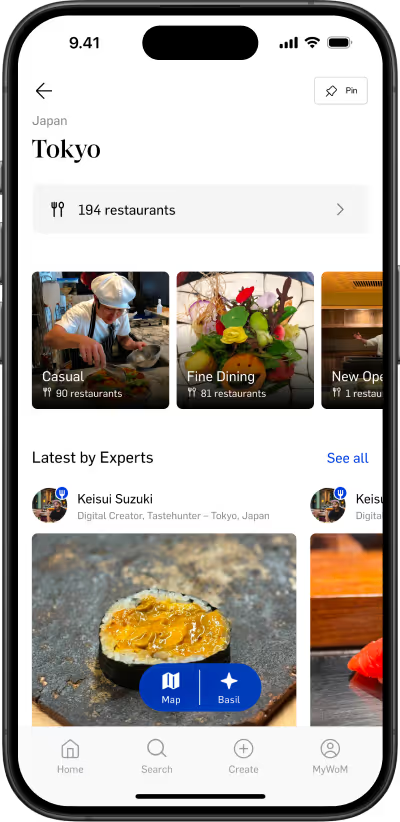




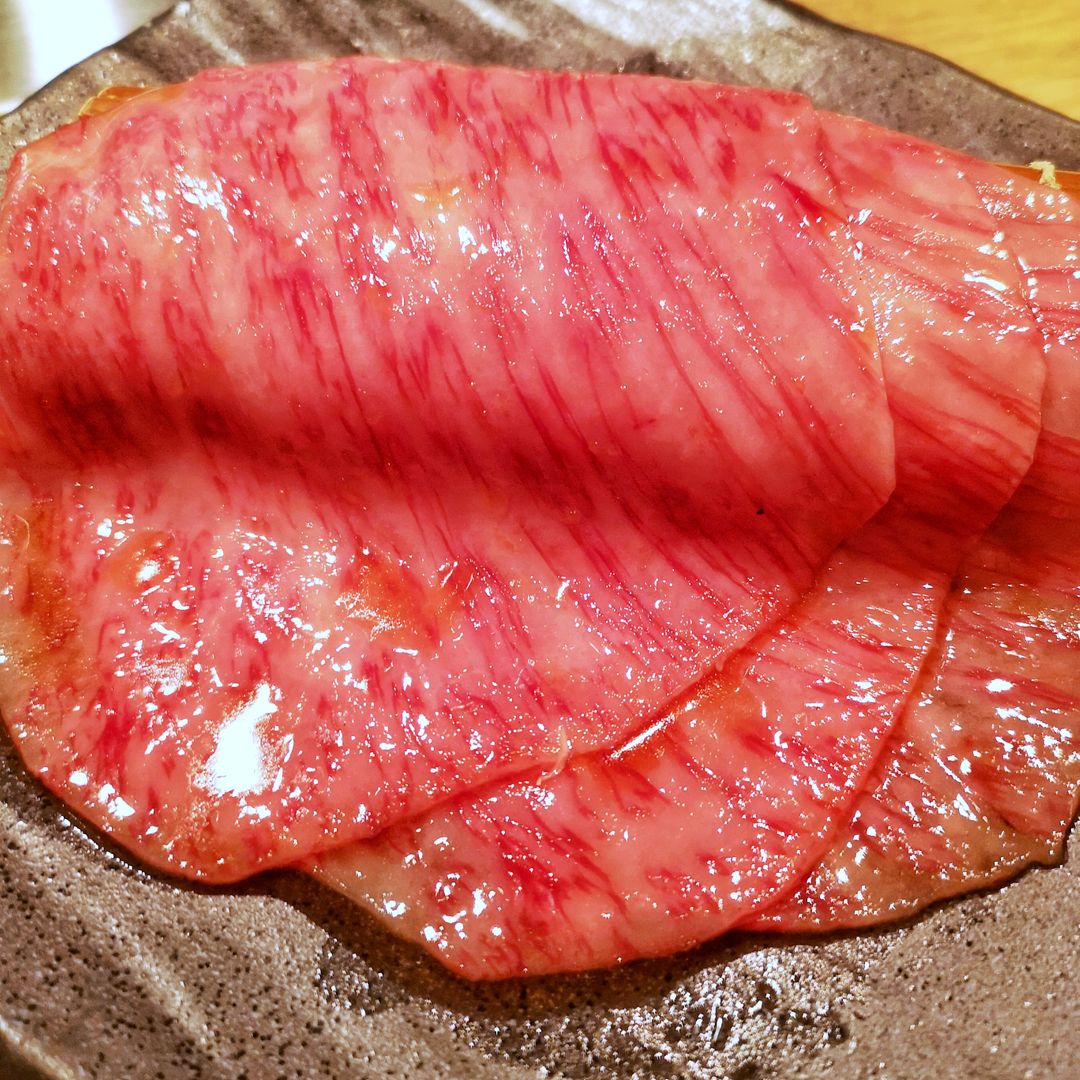
.svg)

